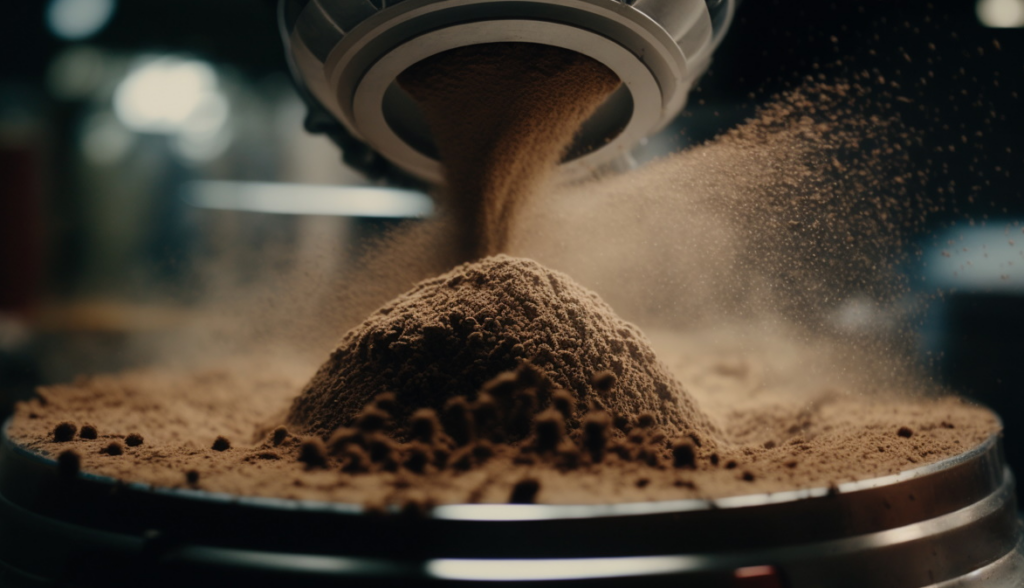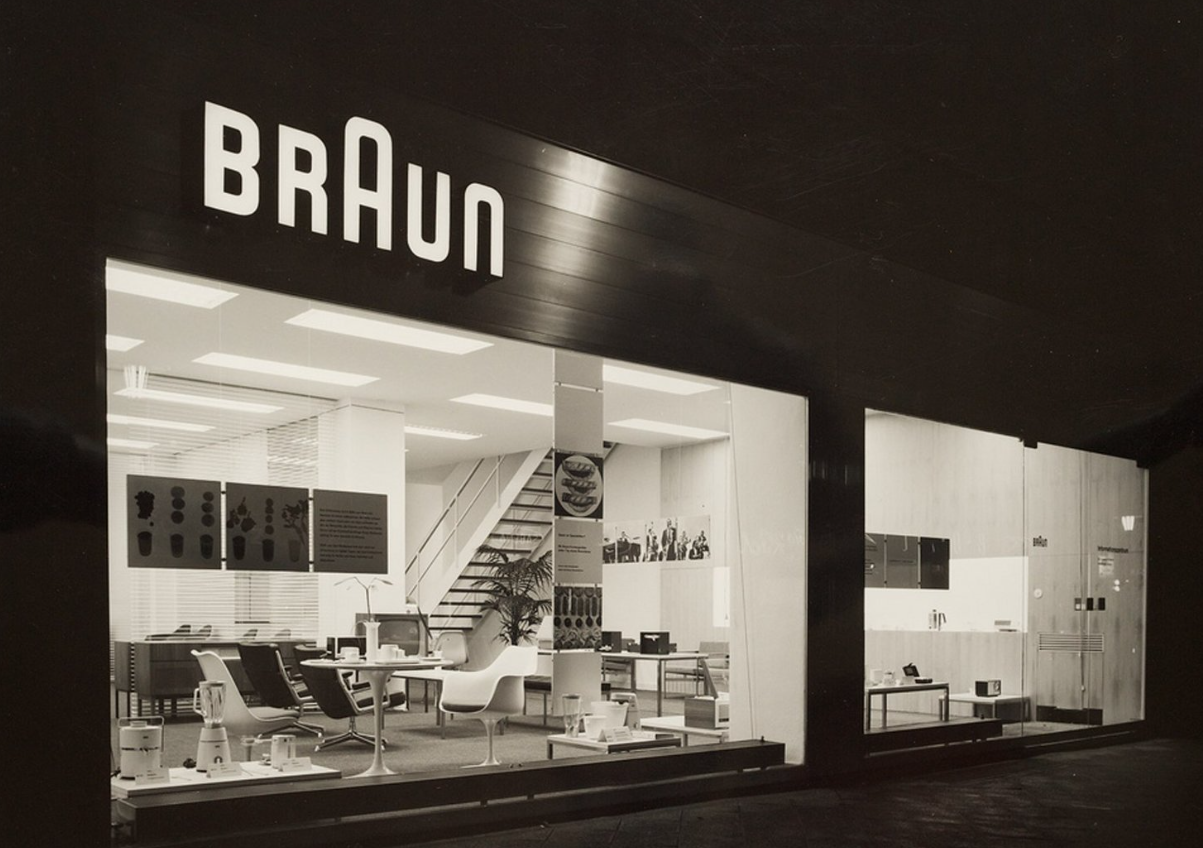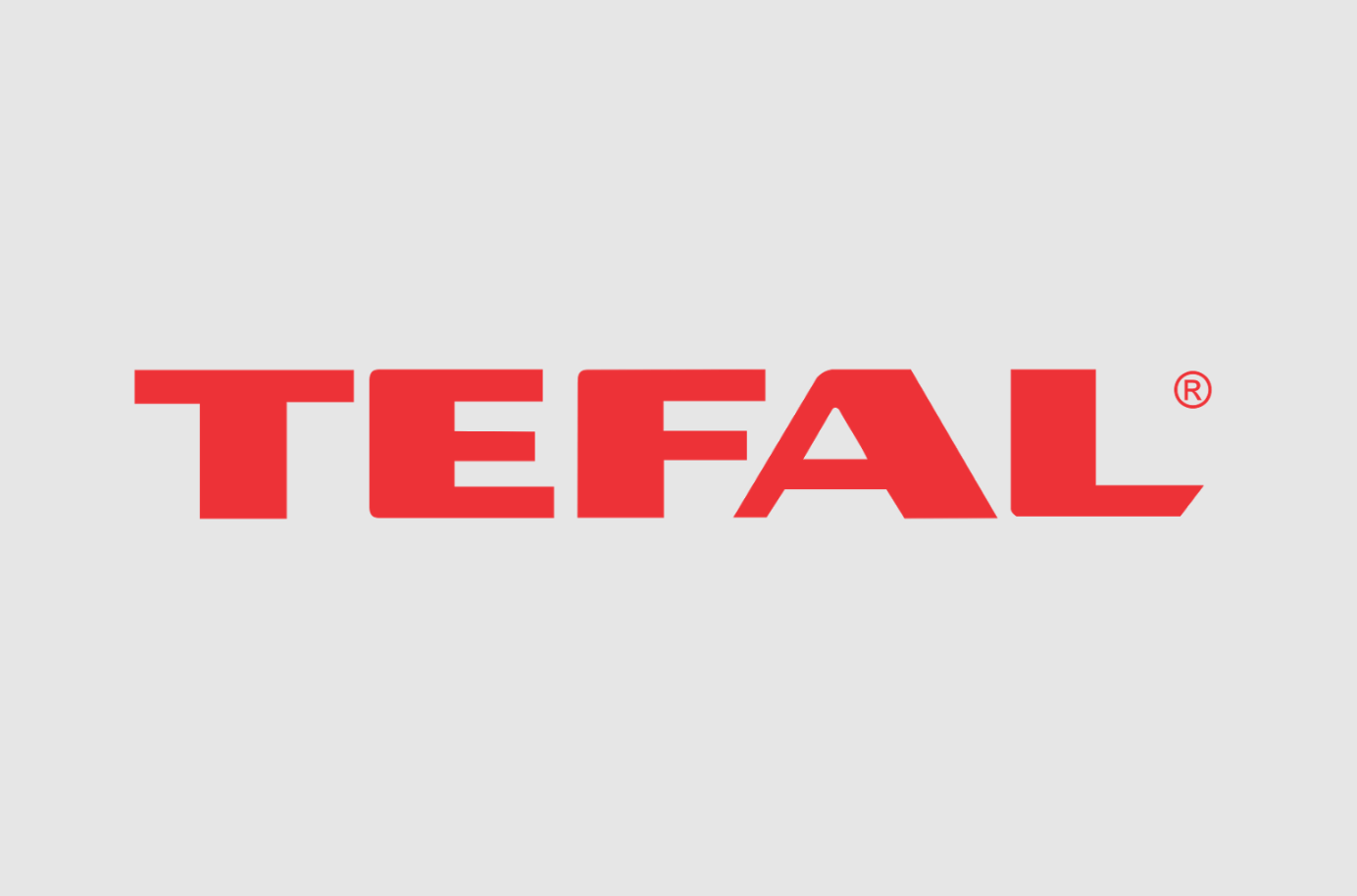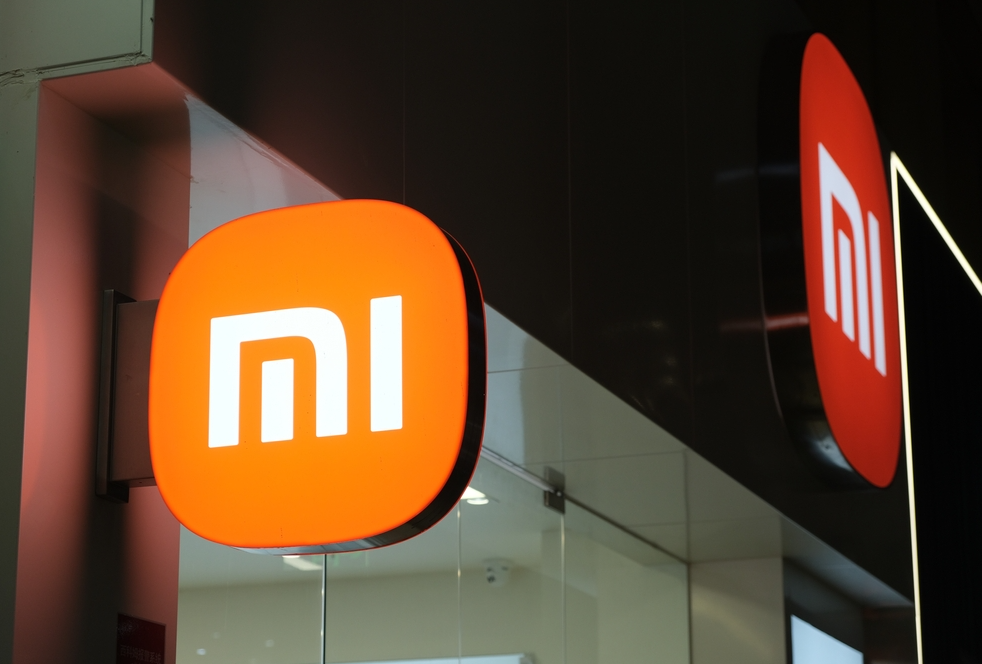Choosing a coffee grinder is an important step for any coffee lover. Every morning starts with the aroma of freshly ground coffee, and the right grinder can make a big difference to the flavour of your drink. The wrong choice can ruin even the best quality beans, robbing them of their aroma and rich flavour. It is therefore important to understand the differences between the different types of grinders and their impact on the coffee making process.
Let’s take a look at the two main types of coffee grinders – the burr grinder and the knife grinder (aka rotary grinder). Roller grinders use two abrasive wheels (millstones) that grind the beans, ensuring an even and quality grind. Knife grinders, on the other hand, work on the principle of a blender, using rotating blades to grind the beans. Each type has its own advantages and disadvantages, and the choice between them depends on your preferences, budget and grind quality requirements.
Today we’ll take a closer look at these two types of coffee grinders to help you make an informed choice. We will discuss all the nuances, advantages and disadvantages of each type, and compare them on key parameters.
Main types of coffee grinders
Knife (rotary) coffee grinder
A knife grinder, as the name suggests, uses sharp blades (knives) to grind coffee beans. This type of grinder works on the principle of a kitchen blender: the beans fall onto the blades, which rotate at high speed to break them into small particles. The blades are placed at the bottom of the container, and when the grinder is switched on, they begin to rotate, grinding the beans to the desired size. The degree of grinding depends on the grinding time: the longer the blades work, the finer the grind will be. However, this design has its own peculiarities, which should be taken into account when choosing one.
Advantages of knife grinders
- Affordability and price: Knife grinders are generally less expensive than burr grinders. This is a great choice for those who are just starting out in the coffee world and aren’t ready to spend a lot of money on equipment. On average, knife grinders cost anywhere from a few dozen to a couple of hundred dollars, depending on the brand and quality of workmanship.
- Easy to use: These grinders are very easy to use and require no special skills to use. Simply load the beans, close the lid and press the button. The grinding process starts immediately and takes only a few seconds.
- Compact: Knife grinders are generally smaller and lighter, making them easy to store and transport. They take up minimal space in the kitchen and fit easily into a drawer or cupboard.
Disadvantages of knife grinders
- Inconsistent grind: The main disadvantage of knife grinders is the inconsistent grind. The blades often leave large particles amongst the fine powder, which can have a negative effect on the flavour of the coffee. Uneven grinding results in some beans being over-extracted and some being under-extracted, which affects the flavour of the finished beverage.
- Grain overheating: Rapidly rotating blades can overheat the grains, resulting in a change in flavour and loss of aroma. Overheating is caused by the grains rubbing against the blades and each other, which generates heat. This heat can burn the grains, which impairs their flavour and aroma.
- Limited grind adjustment options: With knife grinders, it is difficult to fine-tune the grind level. This limits the use of the grinder for different brewing methods that require different grind levels.
Bean grinder
A millstone grinder uses two abrasive wheels (millstones) that rotate and grind the beans together. This method results in a more uniform grind and less heat generation. The millstones can be made from a variety of materials including steel, ceramic, and other abrasive materials. Grindstones can be flat or cone-shaped, each shape has its own features and advantages.
Millstone materials
Steel: Steel millstones are among the most common and popular due to their strength and durability. They can be made of stainless steel or carbon steel.
Advantages of steel millstones:
- Durability: Steel millstones last longer because they are resistant to wear and tear and mechanical damage.
- Sharpness: Steel millstones retain their sharpness longer, ensuring consistent grinding quality over time.
- Versatile: Suitable for different types of coffee grinders and grinding methods.
Disadvantages of steel millstones:
- Cost: Steel millstones can be more expensive compared to millstones made of other materials.
- Thermal conductivity: Steel is a good conductor of heat, which can cause the grains to heat up when grinding for long periods of time.
Ceramic: Ceramic millstones are popular for their ability to retain sharpness and low heat conductivity. They are made of high quality ceramic that is resistant to wear and tear.
Advantages of ceramic millstones:
- Low thermal conductivity: Ceramic heats up more slowly, which helps to preserve the aroma and flavour of the coffee.
- Sharpness: The ceramic millstones remain sharp for a long time and ensure an even grind.
- Anti-corrosion properties: Ceramics do not rust, making the millstones resistant to moisture.
Disadvantages of ceramic millstones:
- Brittleness: Ceramic millstones can be more brittle and are prone to chipping if dropped or hit hard.
- Cost: High quality ceramic millstones can be more expensive than steel millstones.
Other abrasives: Some burr grinders use burrs made of other abrasives such as corundum, silicon carbide or special composites.
Advantages of millstones made of abrasive materials:
- High wear resistance: These materials are very hard and resistant to wear.
- Quality grinding: Provides very uniform and precise grinding.
Disadvantages of abrasive millstones:
- Cost: May be more expensive compared to millstones made of steel or ceramic.
- Rarity: Less available on the market and may require specialised care.
Millstone shape
Flat millstones: Flat millstones are two flat discs with tines that are parallel to each other. The grains fall between the discs and are ground as they rotate.
Advantages of flat millstones:
- Even grinding: The large number of tines and the tight contact between the millstones ensure very even grinding.
- High performance: Can grind large volumes of grains in a short time.
Disadvantages of flat millstones:
- Heat generation: Flat millstones can generate more heat due to the large contact area, which can have a negative effect on the flavour of the grains.
- Cost: Usually more expensive than cone millstones.
Cone millstones: Cone millstones consist of two parts: a fixed outer ring and a rotating inner cone. The grains fall between the cone and the ring, where they are ground as they move towards the centre.
Advantages of cone millstones:
- Less heat generation: The cone shape allows for better heat dissipation, which helps to preserve the flavour of the grains.
- Uniform grinding: Ensures uniform grinding by gradually grinding the grains as they move.
- Efficiency: Can run at lower speeds, which reduces heat and noise.
Disadvantages of cone millstones:
- Performance: May be less productive than flat millstones for larger grinding volumes.
- Cost: Some models can be more expensive than flat millstones.
Advantages of burr coffee grinders
- Uniform grinding: Drum grinders provide a more uniform grind, which is important for even coffee extraction and improved flavour. An even grind avoids over- or under-extraction, which makes the coffee flavour more balanced and intense.
- Flavour retention: Thanks to the slow and gentle grinding process, the millstone grinders retain more aromatic substances, making the coffee richer and more aromatic. The millstones grind the beans slowly, minimising heat generation and preserving the essential oils that are responsible for the aroma of the coffee.
- Grind setting: Most burr coffee grinders allow you to precisely adjust the grind level, which is ideal for different coffee brewing methods (espresso, French press, pourover, etc.). This makes burr grinders versatile and suitable for use in a variety of coffee methods.
Disadvantages of burr grinders
- Price: The grain grinders are usually more expensive than knife grinders, which can be a barrier for some consumers. The high cost is due to the complexity of construction and quality of materials. However, the investment in a burr grinder can be worth it due to the better grind quality and improved coffee flavour.
- Size and weight: These grinders are often larger and heavier, which can be awkward to store and transport. They take up more space in the kitchen and may be less mobile than knife grinders.
- Difficulty of cleaning: Coffee grinders require more thorough and regular cleaning to avoid the build-up of coffee residues and to maintain the quality of the grind. Cleaning the millstones can be a difficult and time-consuming task, especially if the grinder is used regularly.
Which coffee grinder to choose
Choosing between a burr and knife grinder depends on your preferences and needs. Here are a few key factors to help you decide:
- Budget: If your budget is limited, a knife grinder may be a more affordable option. It is good for beginners and those who are not ready to spend large sums on coffee equipment.
- Grinding quality: If you value high quality and even grinding, a burr grinder is the best choice. It will provide a more uniform and better grind, which will significantly improve the flavour of your coffee.
- Ease of use: Knife grinders are easier to use and maintain, they are also more compact. If simplicity and convenience are important to you, this may be the deciding factor.
- Frequent use: If you make coffee frequently and want to maximise the quality of your coffee, a burr grinder is the best choice. It will ensure consistent grind quality and preserve the flavour of your coffee.
The choice between a burr and knife grinder depends on your individual needs and preferences. Knife grinders offer affordability and ease of use, but may not provide an even grind. A burr grinder is more expensive, but provides a high quality grind and retains the coffee’s aromatics.
Whatever your choice, remember that the right coffee grinder is the key to making delicious and flavourful coffee. If you want to maximise the benefits of your purchases and investment in coffee equipment, be sure to consider all aspects before you buy.
Let reBITme make your next purchase of a burr and blade grinder even more favourable. Enjoy your next purchase!





